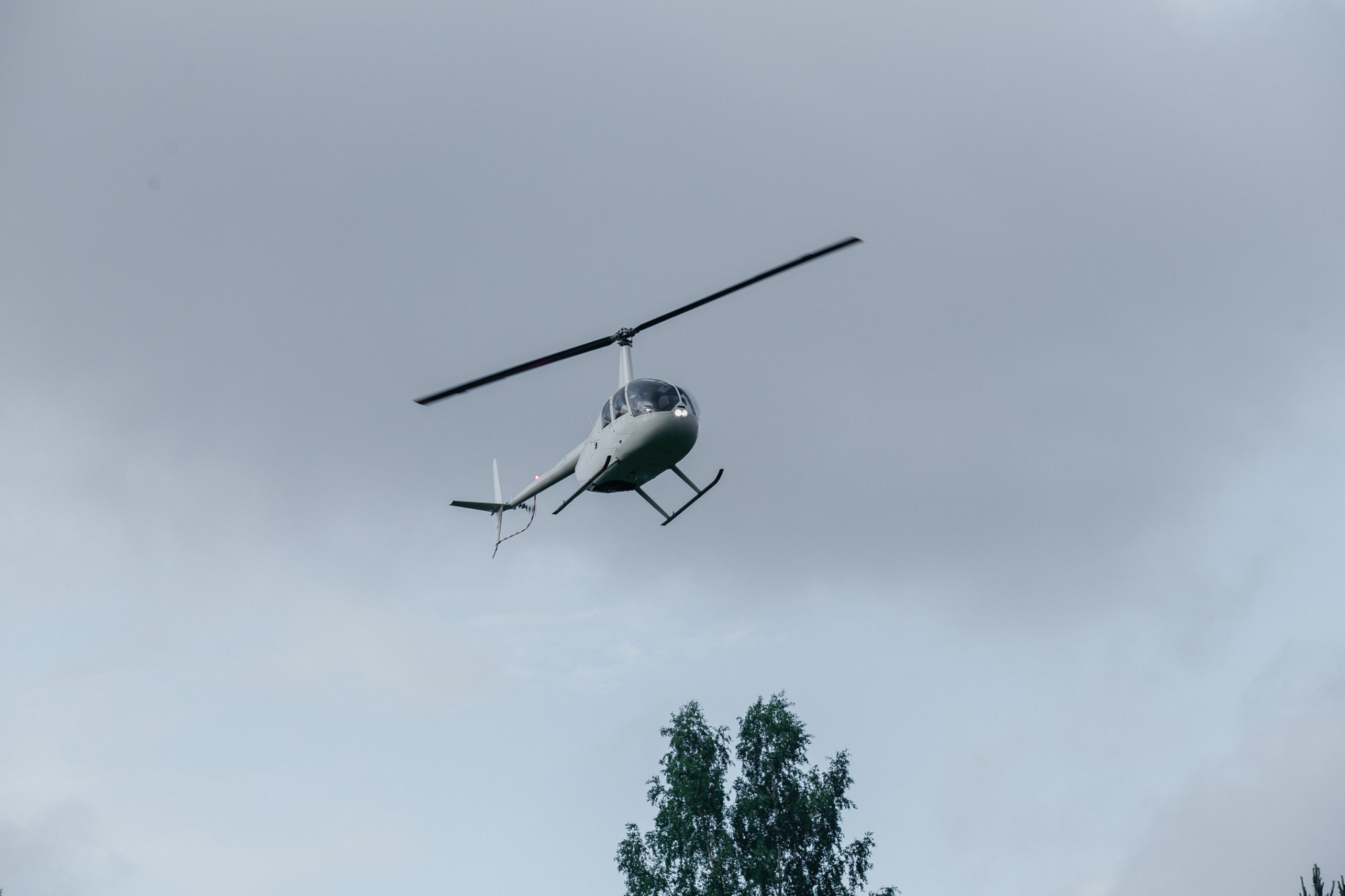WHY IS IT HARD TO HOVER A HELICOPTER AND WHAT ARE THE BEST TECHNIQUES TO GET PROFICIENT AT IT?

Hovering a helicopter is considered challenging for several reasons:
Control Inputs: Hovering requires precise control inputs from the pilot to keep the aircraft stable. Small movements of the controls can significantly affect the helicopter’s attitude and position.
Ground Effect: When hovering close to the ground, the helicopter experiences ground effect, which causes an increase in lift and decreases induced drag. This can make the aircraft feel more responsive to control inputs, requiring the pilot to make fine adjustments to maintain stability.
Translational Lift: As the helicopter moves from a hover into forward flight, it transitions through translational lift, which can affect the helicopter’s performance and require adjustments to the controls.
Rotor Wash: The rotor wash produced by the main rotor can create turbulence near the ground, making it more challenging to maintain a stable hover, especially in windy conditions.
Lack of Stability: When a helicopter is in flight, the airflow over the fuselage and vertical tailfin creates a certain amount of aerodynamic stability. This does not happen in a hover, and it is pure mechanical control.
Cross-Contamination: In a hover, you have to be able to manipulate the helicopter on all three axes simultaneously. Each axis movement impacts another axis, which allows you to predict aircraft behavior. Still, initially, this will lead to inadvertent movements and over-input and naturally excite the pendular action of the aircraft.
To become proficient at hovering, consider the following techniques:
- Practice: Like any skill, practice is essential. Spend dedicated time practicing hovering in different conditions, such as calm winds, crosswinds, and gusty conditions.
- Use Visual References: Use visual references on the ground, such as markers or landmarks, to help maintain orientation and position while hovering.
- Anticipate Control Inputs: Anticipate the need for control inputs to maintain stability. Minor, proactive adjustments are often more effective than reactive corrections.
- Manage Power: Use the collective to control altitude and the cyclic to control lateral and longitudinal movements. Maintain a constant scan of the instruments to monitor power, airspeed, and altitude.
- Develop a Feel for the Controls: Hovering requires a delicate touch on the controls. Develop a feel for how the helicopter responds to control inputs and learn to anticipate its behavior.
- Stay Relaxed: Tension in the controls can lead to overcorrection and instability. Stay relaxed and maintain a light touch on the controls.
- Seek Guidance from Instructors: Work closely with your flight instructor to develop your hovering skills. They can provide valuable feedback and guidance to help you improve.
Watch our Youtube video: We have a in-depth video on learning to hover, which provides critical insights and information to help you improve.
How do I actually hover in a Robinson helicopter (youtube.com)
With practice and persistence, you can develop proficiency in hovering and become a more confident helicopter pilot.
